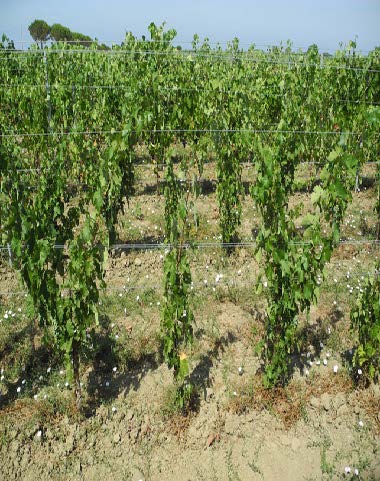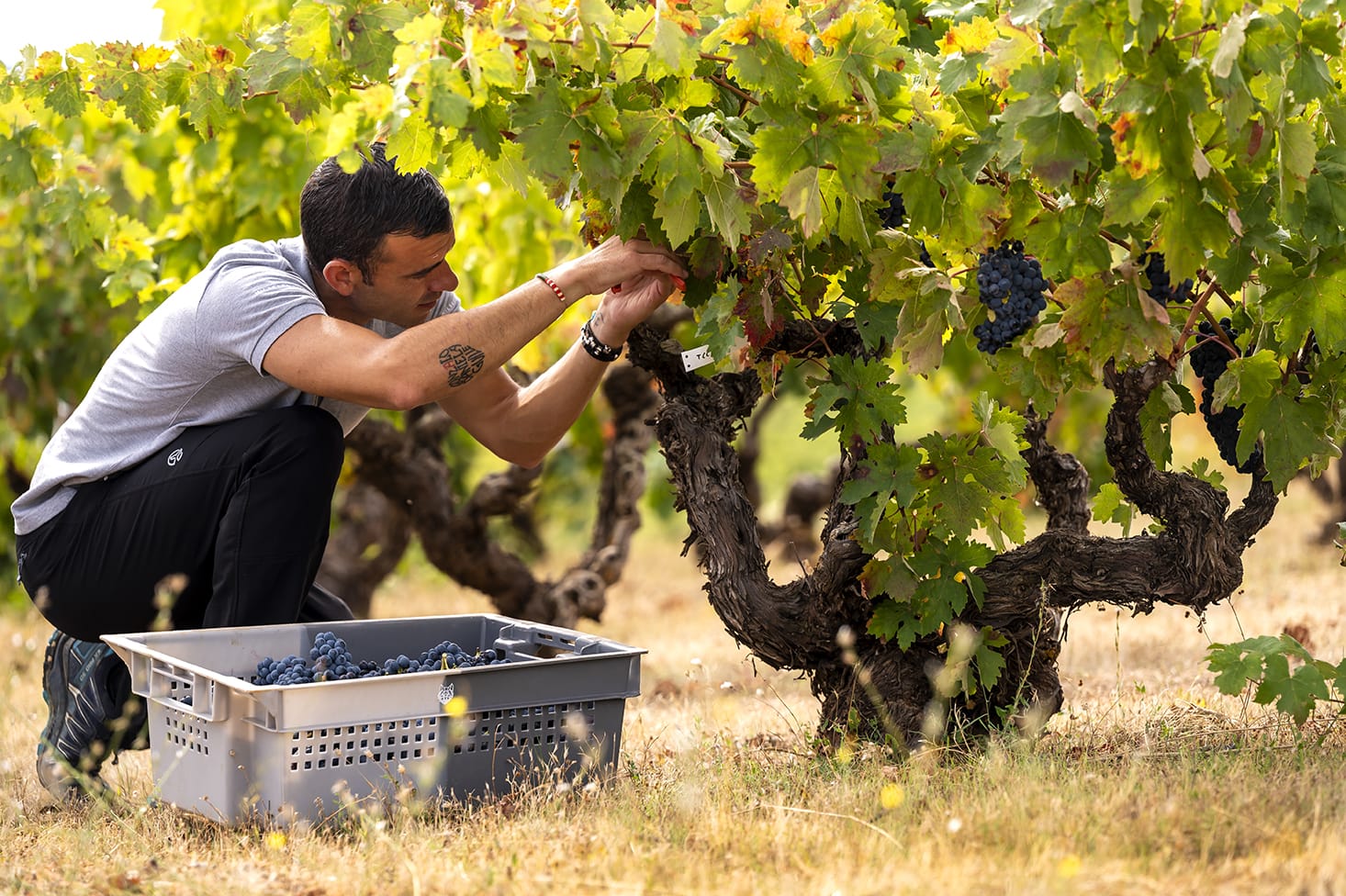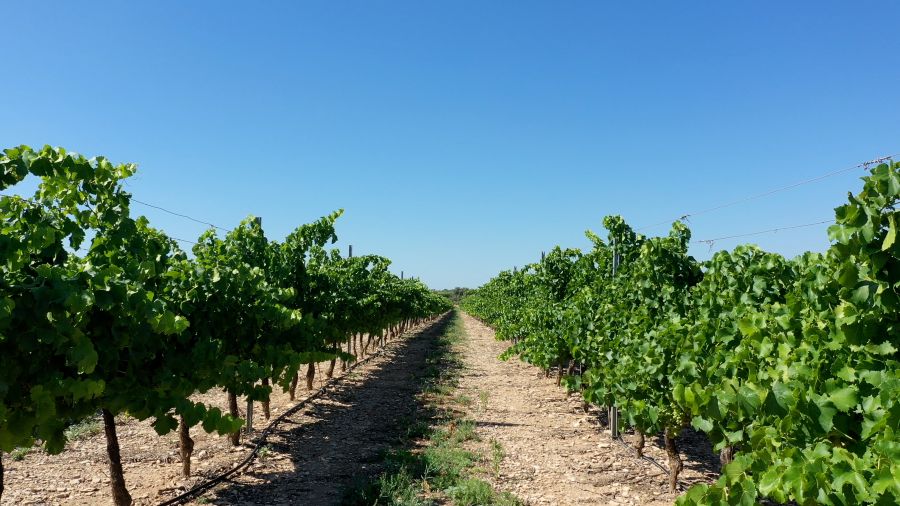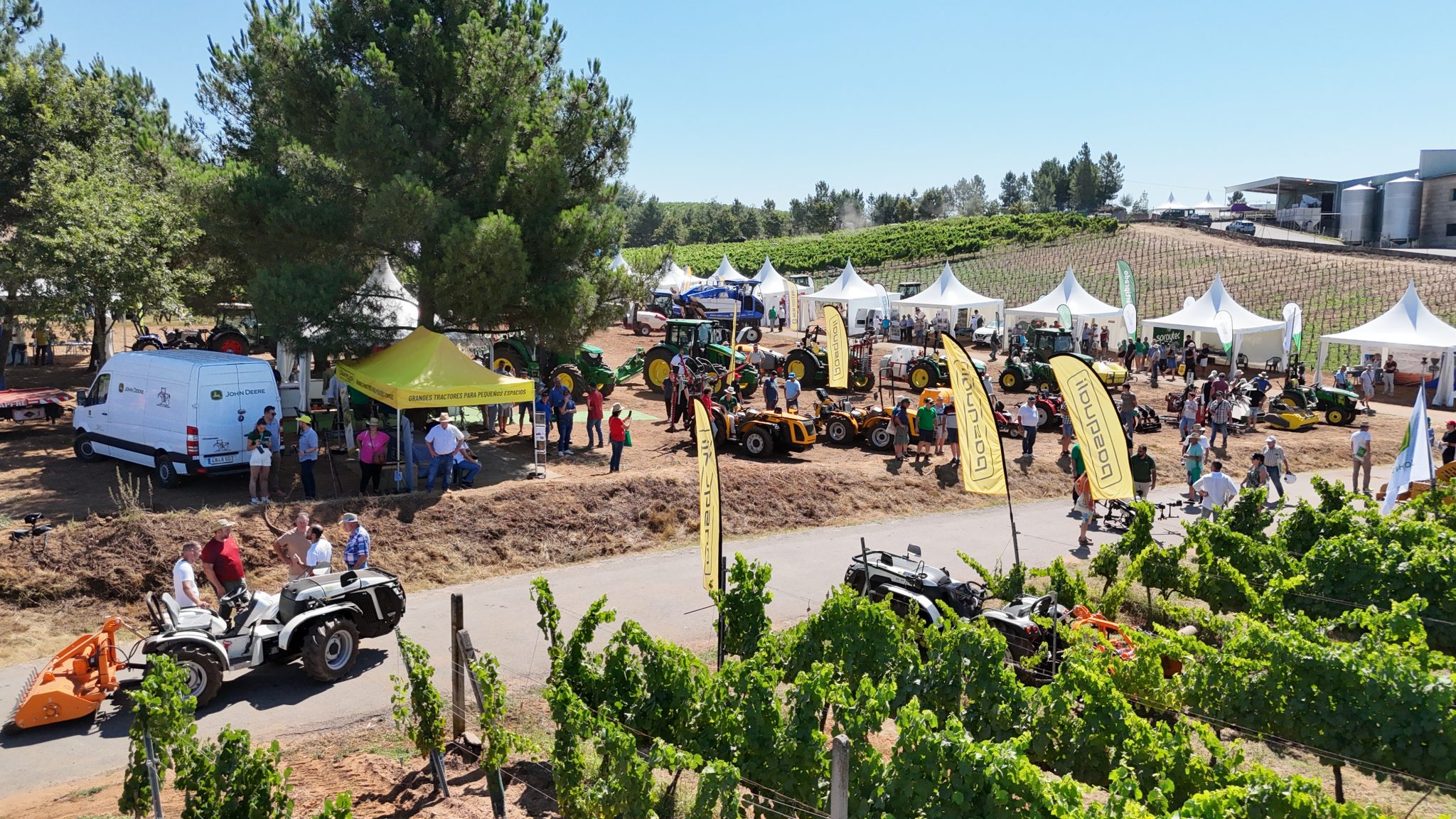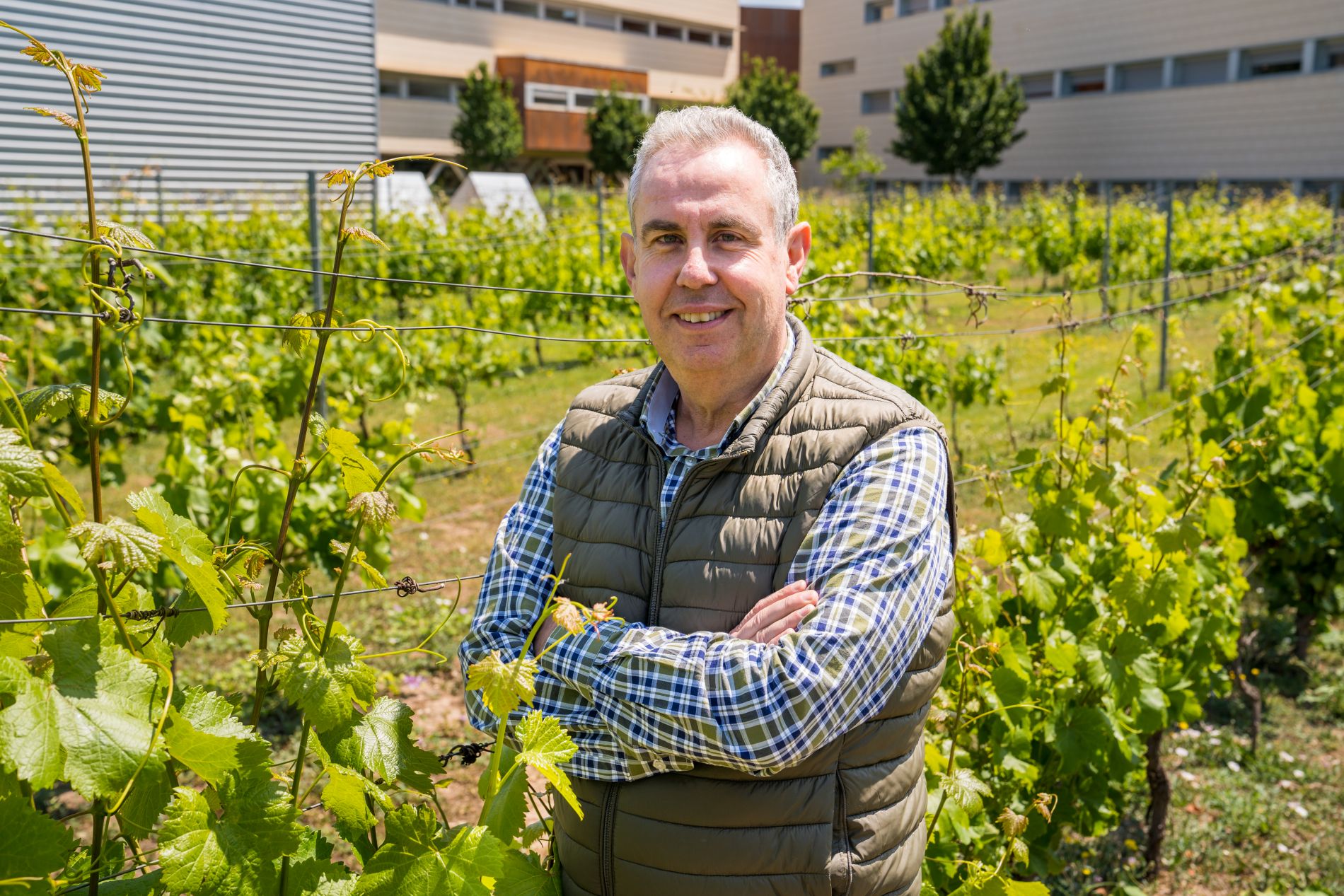Innovation in Viticulture: The Advancement of Resistant Varieties and New Rootstocks by Vivai Cooperativi Rauscedo (VCR)
VCR has launched its own hybridization program with the goal of developing new disease-resistant wine-grape and table-grape varieties, along with improved new rootstocks.
Creation of the New VCR Varieties
Wine Grapes
In 2006, Vivai Cooperativi Rauscedo began a fruitful collaboration with the University of Udine and the Institute of Applied Genomics with the goal of providing growers with new wine-grape varieties resistant to downy mildew and powdery mildew. The first ten resistant varieties, for which VCR is the exclusive licensee, were registered in the Italian National Catalogue in 2015.
After achieving this first milestone, evaluation focused on new varieties, also created by the University of Udine, obtained from crossing ‘Pinot Noir’ and ‘Pinot Blanc’ with new, more efficient resistance donors. In 2020, four new vines resistant to downy mildew and powdery mildew were registered in the Italian National Register of Grapevine Varieties: ‘Pinot Iskra b.’, ‘Kersus b.’, ‘Pinot Kors n.’ and ‘Volturnis n’. Another variety soon to be registered is a white-grape variety obtained by UNIUD and IGA from a cross with ‘Traminer’.
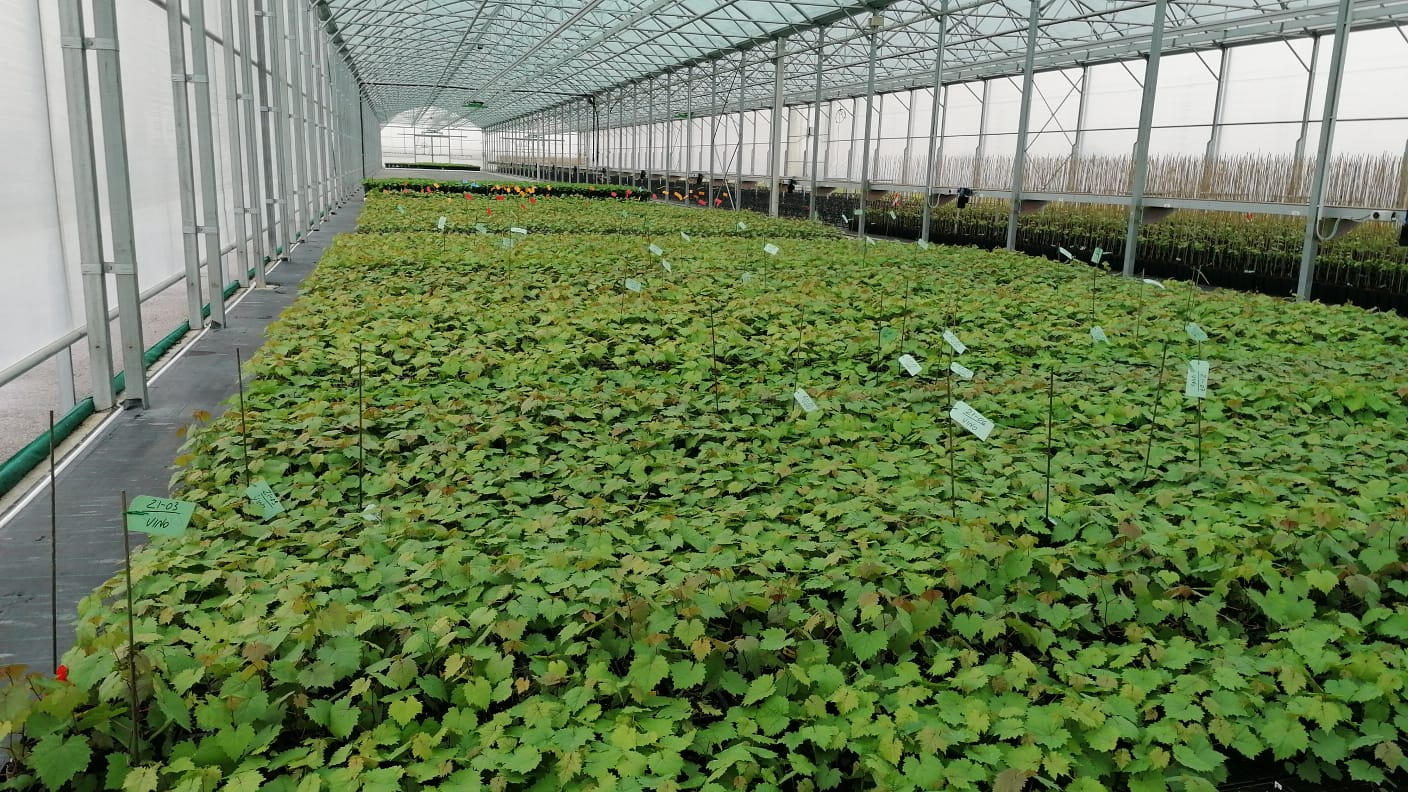
Since 2015, VCR has started its own hybridization program with the aim of obtaining new resistant wine- and table-grape varieties and improved new rootstocks. The project includes the most representative national and international varieties which, with the introgression of genes for disease resistance and abiotic-stress tolerance, could make global viticulture more sustainable, promoting its adaptation to climate change.
Special attention has been paid to native varieties and their clones, which represent the strength of Italian viticulture. Basically, for VCR, these new varieties are “Enhanced Native Varieties,” as they were selected to combine tradition and innovation in their DNA. These varieties are distinguished by:
- an aromatic and polyphenolic profile of quality and typicity comparable to, if not superior to, that of their V. vinifera parent;
- good agronomic and enological performance and high polygenic resistance to fungal diseases and tolerance to abiotic stress;
- disease resistance that ensures a significant reduction in plant-protection treatments and related costs;
- the possibility of creating vineyards with high environmental sustainability;
- satisfying consumers’ needs for high-quality, wholesome wine.
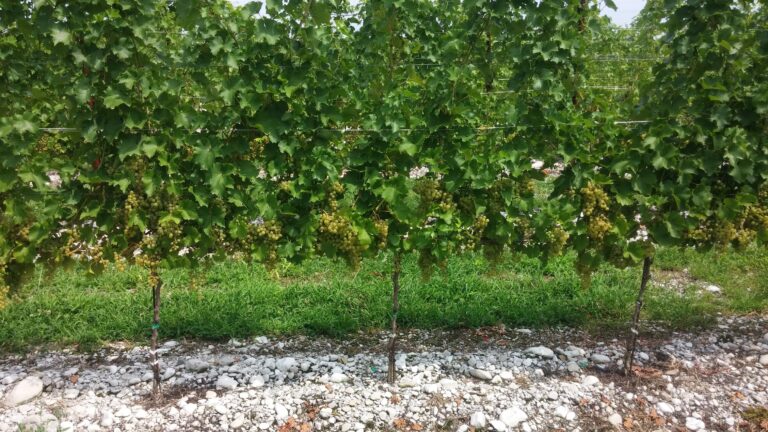
Since 2015, numerous crosses have been made between different V. vinifera varieties and various resistance donors. Currently, 6,000 resistant seedlings, 300 advanced selections and 11 candidate varieties are being evaluated. In the near future, resistant varieties derived from ‘Glera’, ‘Nebbiolo’, ‘Sangiovese’, ‘Trebbiano Romagnolo and Toscano’, ‘Syrah’, ‘Garnacha Tintorera’ and many other internationally and locally important varieties will be available on the market. Thanks to the presence of six resistance genes (Rpv 3, Rpv 12, Rpv 1, Run 1, Ren 3 and Ren 9), the varieties show excellent resistance to downy mildew and powdery mildew and good tolerance to black rot and excoriosis. The varieties exhibit good yield and vigor and an enological potential comparable to their V. vinifera parents.
Regarding Spanish native varieties, VCR is working with ‘Airén’, ‘Albariño’, ‘Godello’, ‘Macabeo’, ‘Parellada’, ‘Tempranillo’, ‘Xarel·lo’ and ‘Garnacha’. All the new varieties are at different stages of selection. We expect that new varieties based on crosses with ‘Airén’, ‘Godello’ and ‘Garnacha’ may reach the market between 2028–2029, while ‘Tempranillo’, ‘Albariño’ and ‘Macabeo’ will follow shortly thereafter.
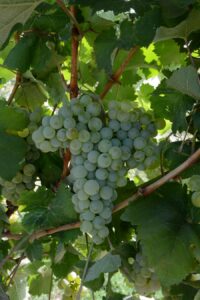
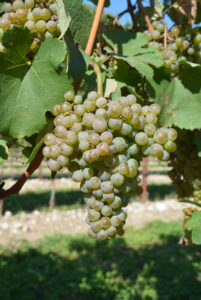
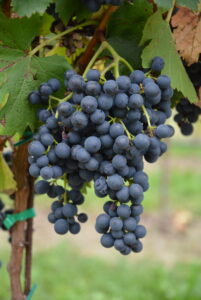
Management of Resistant Varieties
To limit the number of interventions as much as possible while maximizing their efficacy, it is recommended to use forecasting models designed to identify periods of highest infection risk. These preventive treatments are of great importance both to avoid the emergence of hyper-virulent, highly aggressive fungal strains and to ensure effective control of the main secondary diseases, particularly Phomopsis viticola and Guignardia bidwellii.
Proper plant-health management of resistant varieties must start by taking into account all intrinsic characteristics and the specific features of each territory, but above all must be based on the vineyard’s history regarding the average number of treatments carried out and the incidence of individual pathogens in the different micro-areas.
To establish correct management of resistant varieties, the following aspects must be considered:
- All resistant varieties, depending on the resistance genes present and their specific functioning under certain soil-and-climate conditions, show different levels of effectiveness;
- These varieties may still show spots and/or necroses caused by downy mildew and/or powdery mildew, but unlike traditional varieties, the resistance genes they contain will allow rapid pathogen recognition and the activation of specific defense mechanisms that block the disease’s progress;
- Depending on specific soil-and-climate conditions and vintage trends, using these varieties enables a notable reduction in the number of plant-protection treatments, but does not allow their complete elimination; this concept is fundamental to avoid inoculum build-up and the emergence of new strains capable of overcoming resistance and becoming highly aggressive;
- The recommended treatments are also used to prevent the appearance of other diseases (Phomopsis viticola, Guignardia bidwellii, etc.) controlled by the same products used against downy mildew and powdery mildew in traditional vineyards.
In general, considering the many intrinsic soil-and-climate variables of each microclimate, using varieties resistant to downy mildew and powdery mildew can allow a reduction in plant-protection treatments of 50 % to 80 % compared with what is needed for conventional varieties in the same area.
Table Grapes
Rootstocks
An equally important and interesting line of research is the creation of new rootstocks to address the needs and emergencies of modern viticulture. The climate trend of recent years and the repercussions that environmental stress has on grape production and must quality have made it increasingly clear that tools are needed to “mitigate” the effects of climate change and other abiotic stresses, such as soil salinity.
A first response (dating back to the 1980s) to these new needs came from the forward-looking work of creating and selecting new rootstocks at the University of Milan, which launched a hybridization program to obtain new rootstocks with greater efficiency in the use of mineral elements, with particular reference to iron, potassium and magnesium. The result of this intensive activity culminated in identifying four new rootstocks already available to growers: M1, M2, M3 and M4, registered in the Italian National Register of Grapevine Varieties.
Aware of the importance of this research, since 2015 VCR has also started its own breeding program for rootstocks, to provide growers with a new range of solutions to the numerous problems affecting viticulture. Currently, more than 400 new genotypes resulting from 21 controlled-cross combinations between commercial genotypes and new selections are being evaluated at the VCR Research Center. VCR’s commitment is to offer rootstocks that bring together the greatest possible number of quality traits to face the new challenges of future viticulture.
